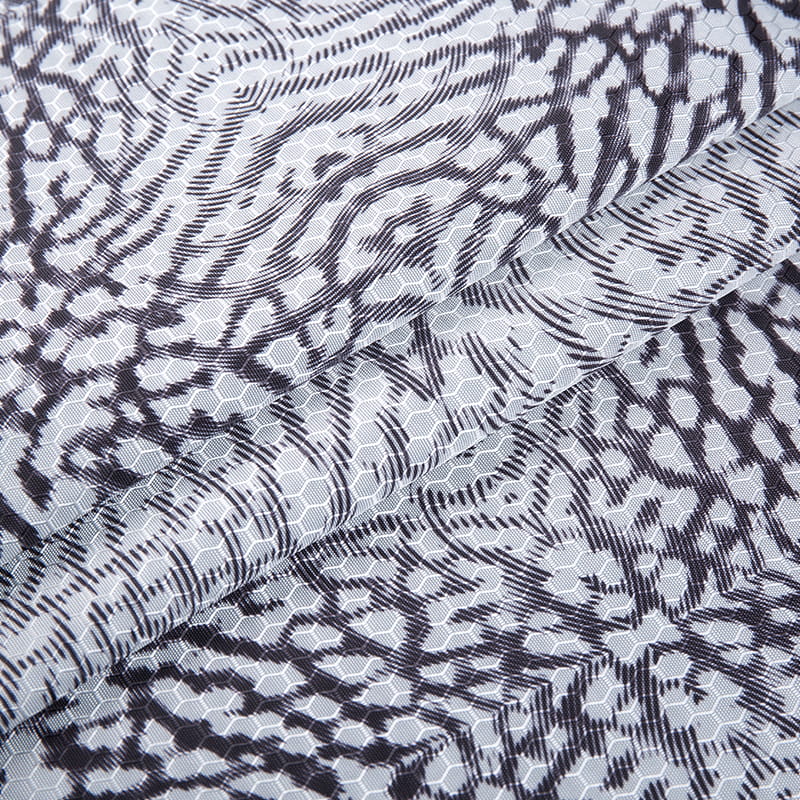
Thermal printing fabrics are widely used in modern life. Whether it is clothing, household items or industrial products, personalized designs and patterns can be printed through thermal printing technology. However, there are some important factors that we need to consider when choosing the right thermal printing fabric. This article will introduce you to some key factors to help you choose the most suitable thermal printing fabric for your specific application.
Consider the printing effect and pattern complexity
When choosing thermal printing fabric, the first thing to consider is the printing effect and pattern complexity. Different fabric materials have different effects on the effects of thermal printing. For example, cotton fabrics are suitable for printing designs with rich colors and complex patterns, while polyester fabrics are better suited for printing simple, brightly colored patterns. Therefore, when choosing thermal printing fabrics, you must choose the appropriate fabric material based on the desired printing effect and pattern complexity.


Consider the applicable environment and durability of the fabric
In addition to the printing effect and pattern complexity, the applicable environment and durability of the fabric should also be considered when selecting thermal printing fabrics. Different application scenarios have different requirements for fabrics. For example, outdoor sportswear needs to be waterproof, breathable, and wear-resistant, while household products need to be soft, comfortable, and easy to clean. Therefore, when choosing thermal printing fabrics, you should choose the appropriate fabric according to the specific application scenarios and needs.
Consider fabric safety and environmental protection
In modern society, environmental protection and safety have become important considerations for people when choosing products. When choosing thermal printing fabrics, we should also pay attention to the safety and environmental protection of the fabrics. For example, some fabrics may contain harmful substances and pose potential risks to human health; while some fabrics may use environmentally friendly production processes and be environmentally friendly. Therefore, when choosing thermal printing fabrics, you must choose fabrics that comply with relevant safety standards and environmental protection requirements.
Choosing the right thermal printing fabric is the key to ensuring the printing effect, applicable environment, safety and environmental protection. When choosing, we need to consider the printing effect and pattern complexity, the applicable environment and durability of the fabric, as well as the safety and environmental protection of the fabric. By comprehensively considering these factors, we can select the most suitable thermal printing fabric for a specific application and achieve personalized design and printing to meet different needs.



 English
English Español
Español










